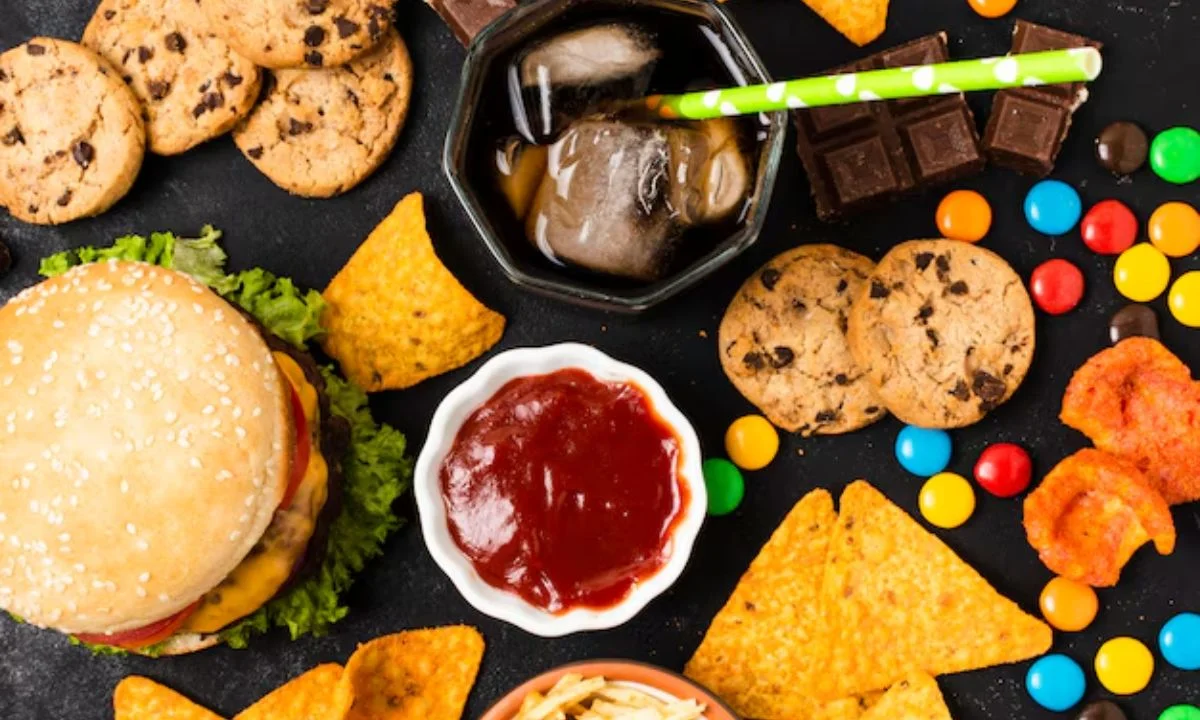As Y2K approached in 1999, many people feared the worst. The idea that computer systems worldwide might crash at the stroke of midnight, leading to massive disruptions in daily life, sent people into a frenzy. One major concern was how to ensure families had enough food if grocery stores were closed and supplies ran out. This is where the concept of the doomsday food supply Y2K was born.
If you’re interested in knowing how to prepare for similar emergencies or want to understand the process of stocking up a doomsday food supply, you’re in the right place. Whether it’s Y2K or any other potential disaster, having the right food stored can help you and your family survive any situation.
Must read What Country Has the Best Food in the World?
What Was the Doomsday Food Supply Y2K Scare and Why It Matters?
The Doomsday Food Supply Y2K problem, also known as the “Millennium Bug,” was a software glitch that could have affected any computer using two digits to represent the year. Some feared this would cause widespread technological failure, resulting in power outages, disrupted supply chains, and food shortages. Although a major crisis didn’t happen, the panic led many people to think seriously about emergency preparedness and long-term food supplies.
Today, the concept of a doomsday food supply remains relevant, not just for Y2K-type events but for any situation where food might become scarce—natural disasters, pandemics, or economic crises.
Why Should You Consider a Doomsday Food Supply?
Preparing a doomsday food supply isn’t just about panic. It’s about ensuring you have the basics to survive if your access to stores is interrupted. From hurricanes to economic collapses, having an adequate food supply can provide peace of mind and security.
One important lesson from Y2K is that preparation is key. Stockpiling food for emergencies can help you navigate uncertain times without the stress of figuring out how to feed your family. Plus, many of the foods you can store for long-term use are affordable, making this a smart investment.

The Essentials of a Doomsday Food Supply Y2K
The key to building a successful doomsday food supply Y2K (or any other disaster) is to focus on non-perishable, long-lasting foods that provide nutrition and can be easily stored. Here’s a breakdown of what you should consider stocking:
Canned Goods
Canned foods are a cornerstone of any doomsday food supply. They last for years and come in many varieties, including vegetables, fruits, meats, and soups. Canned goods can be stored in bulk and eaten cold if necessary.
Dried Foods
Dried beans, rice, pasta, and grains are essential for long-term storage. These foods are inexpensive, lightweight, and last for months or years if kept in airtight containers.
Freeze-Dried Meals
Many preppers invest in freeze-dried meals that only require water to prepare. These meals are lightweight and perfect for emergencies. They also come in various options like soups, stews, and even breakfast foods, making them easy to store and prepare.
Powdered Milk and Eggs
Milk and eggs are hard to come by in emergencies, so having powdered versions is essential. These products are easy to store, lightweight, and provide necessary nutrients when fresh versions are unavailable.
Nuts, Seeds, and Dried Fruits
Nuts and seeds are full of healthy fats and protein, which can be difficult to get during emergencies. Dried fruits provide essential vitamins and can serve as a sweet treat.

How to Properly Store Your Doomsday Food Supply
Stocking up on food is only half the battle; proper storage ensures your supplies last as long as possible. Follow these tips to keep your doomsday food supply fresh and safe:
Store in a Cool, Dry Place
Heat and moisture are your biggest enemies when it comes to long-term food storage. Keep your supplies in a cool, dry place like a basement or pantry to maximize their shelf life.
Use Airtight Containers
Many dried goods can be affected by air and moisture. Use vacuum-sealed or airtight containers to protect your food from spoiling.
Rotate Your Stock
Even non-perishable foods have expiration dates. Make sure you’re rotating your stock by using the older items first and replenishing as needed. This way, your food stays fresh, and nothing goes to waste.
Planning Meals with Your Doomsday Food Supply
When preparing your doomsday food supply Y2K, it’s essential to plan meals that are not only nutritious but also practical. During an emergency, you won’t have access to all your normal cooking equipment, so choose foods that can be easily prepared. Focus on meals that can be cooked with minimal heat or water, and try to include a balance of proteins, carbohydrates, and fats to keep everyone well-nourished.
Foods to Avoid in a Doomsday Food Supply
While some foods are great for long-term storage, others spoil quickly or require refrigeration. Avoid the following when planning your doomsday food supply Y2K:
- Fresh dairy products like milk and yogurt
- Soft fruits like bananas and berries
- Frozen goods (unless you have a reliable generator)
- Perishable meats like chicken or fish
How Much Food Should You Store?
The amount of food you need depends on how long you want to be prepared. For a family of four, it’s recommended to have at least a three-month supply of food. If you’re planning for a more extended disaster scenario, aim for six months to a year’s worth of supplies. Make sure to include enough food to meet the nutritional needs of everyone in your household.
Doomsday Food Supply and Water Storage
Food alone won’t be enough to survive a disaster like Y2K. You’ll also need to ensure you have an adequate supply of clean water. The general recommendation is to store at least one gallon of water per person, per day. In addition to drinking water, you’ll need extra water for cooking and cleaning.
If you live in an area prone to natural disasters or have concerns about water contamination, consider investing in a water filtration system as part of your preparedness plan.

Conclusion:
While the Y2K crisis may be a thing of the past, the lessons it taught about preparedness are still relevant today. By creating a well-thought-out doomsday food supply Y2K, you’ll be ready to face any emergency that comes your way. Remember to stock up on the essentials, store them properly, and rotate your supplies to ensure your food stays fresh.
Planning ahead and ensuring you have enough food, water, and basic supplies can give you peace of mind and make surviving a disaster much more manageable. Visit here for more information.
What types of foods should I avoid in a doomsday food supply?
Avoid perishable foods like fresh dairy, soft fruits, and frozen goods unless you have a generator to keep them cold.
How much food do I need to store for a disaster?
For a family of four, it’s recommended to store a three-month supply of food. If you’re planning for a longer period, aim for six months to a year’s worth of supplies.
Can I use canned food as my primary food source?
Yes, canned foods are an excellent choice for a doomsday food supply. They are long-lasting and versatile, providing essential nutrients in various options like vegetables, fruits, and meats.
How do I store water for my doomsday supply?
Store at least one gallon of water per person per day. You can also invest in a water filtration system to ensure you have access to clean water.
What’s the best way to store dried foods for long-term use?
Store dried foods in vacuum-sealed or airtight containers and keep them in a cool, dry place to maximize their shelf life.
